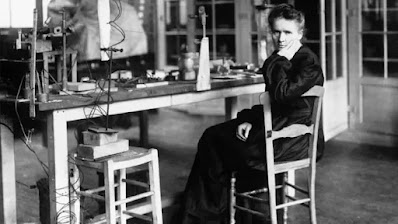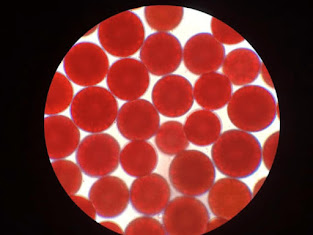Webbel Prize-winning female scientist whose notebooks cannot be touched without protection for the next century and a half
The French National Library preserves the most important documents of scientific history in special boxes made of several layers of lead. If a scientist wants to use these documents, he can study them only by wearing heavy protective suits like astronauts. But before this study, they have to sign a special document that the library will not be responsible for any situation that happened to them. This is one of the oldest and rarest books in the world. But the reasons why they are kept in such a dubious manner are actually more important than the scientific significance of these documents.
The reason is that these papers are contaminated with highly radioactive material. These are Marie Curie's notebooks, the only two-time Nobel laureate who, along with her husband Peg, not only discovered new chemical elements but also uncovered the natural principles of atomic physics and radiation. And just like everything else that this couple had, these documents can be very harmful to humans. Marie Curie and her husband discovered radium and polonium. It was named after Poland, where Mary was born on November 7, 1867. But until then, scientists had no idea of the possible effects of radiation on the human body.
In fact, Marie Curie died in 1934 from a disease called A-Plastic Anemia, which may have been caused by her regular exposure to radium and polonium. My curiosity often carried this stuff in my pockets. So everything related to them, which is still intact, is very carefully kept in lead boxes, even his own body, which is the 'Pantheons of Paris' cemetery dedicated to the famous people of Paris. in. Marie Curie was the first woman to be buried in this cemetery. When his body was taken there, an inch-thick lead coffin was made to prevent radiation from the body of the "mother of modern physics" from polluting the environment.
Scientists believe that this will always be the case and that notebooks will remain unprotected for at least the next 1500 years, as long as the effects of radium, discovered by Marie Curie and the world-changing element, disappear.





Comments
Post a Comment